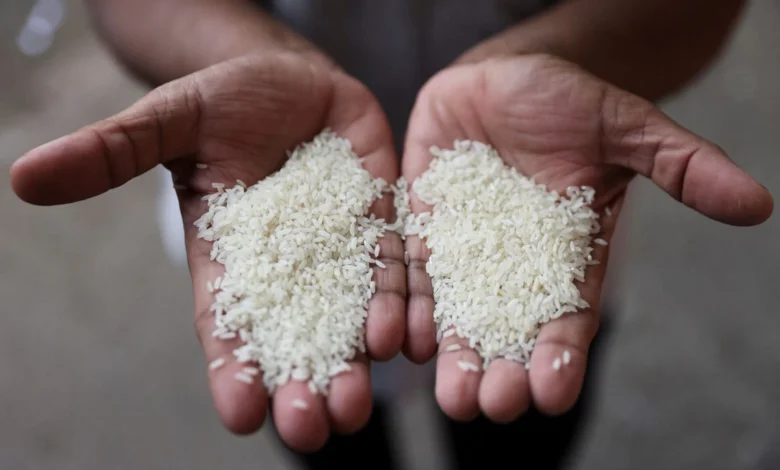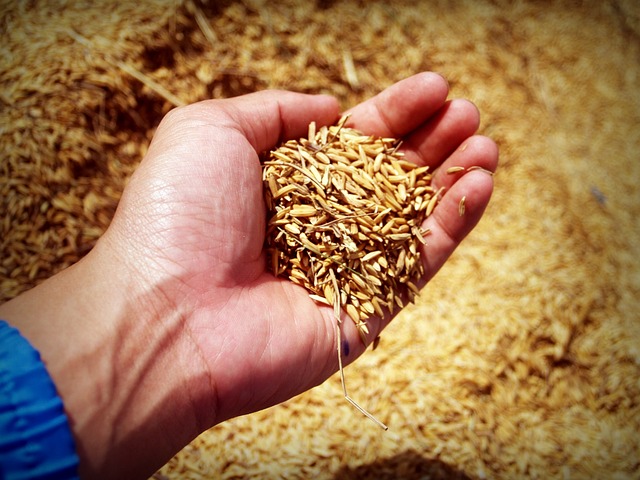India’s rice export ban is hurting the global market
Is the ban an election move or an informed economic call?

India’s restriction on rice exports has caused a panic on the worldwide market, driving up prices in Asia. In barely over six weeks, India has scared the rice market.
The world’s top exporter has reduced all of its shipments, scaring countries from West Africa to Asia. Other significant suppliers have attempted to reassure buyers that there is an adequate supply of rice, but this has done little to calm the market.
Rice prices in Asia rose to their highest level in almost 15 years on Wednesday, after India placed more limits on parboiled and basmati rice the previous weekend. The current tightening campaign, which began on July 20 and prohibited the transport of several grains, has come to an end, with them being the last remaining rice types exempt from export restrictions.
Rice price increases
“Rice price increases always hurt poor consumers the most,” said Peter Timmer, Professor Emeritus at Harvard University who has researched food security for decades, according to Bloomberg. “Right now, the most pressing concern is whether Thailand and Vietnam will follow India’s lead and impose significant controls on rice exports.” If that happens, global rice prices would rise over $1,000,” he added.
It’s understandable that supply is a source of concern. Individuals in various parts of Southeast Asia and Africa consume up to 60% of their daily calories from rice, which is vital to the diets of billions of people globally. The benchmark price is $646 per tonne, and the weather might further destabilize the market.
The start of El Nino this year threatens several vital Asian farming regions, with Thailand already issuing a drought warning for the beginning of 2024. China, the world’s top producer and importer of crops, appears to have avoided poor weather thus far, but India’s primary agricultural regions need more rain.
Rice prices in the nation’s capital, New Delhi, were still higher than a year ago as of August 31, but since the export restriction in July, prices had remained the same at Rs 39 (47 cents) per kilogram. Across the country, they’ve added a little elevation. However, India’s restrictions are being felt in other countries.
The Philippines established a statewide price ceiling last week in response to a “alarming” spike in retail prices and worries about trader hoarding. The nation is the world’s second-largest importer of grain.
Meanwhile, other countries are using diplomatic channels to seek that export curbs be eased. Guinea has dispatched a trade minister to India, while Singapore, Mauritius, and Bhutan have requested exemptions from limitations based on food security.
Vietnam is providing some market assistance, stating last month that the country is expected to exceed its export target for the year, a feat that could be accomplished without risking its own food security. Customs records reveal that shipments to Indonesia have increased significantly in the first seven months of this year, while shipments to China have also increased. Myanmar’s goals, however, have recently waned.

The country’s federation proposed a temporary pause in exports to calm soaring local prices, but the government rejected the idea. The federation has just lately said that it will be able to ship more.
Following its weekly meeting on Wednesday, the Thai Rice Exporters Association is scheduled to update its white rice 5% broken price, and investors will be watching the Asian benchmark to see if calm or concern is trending.
Please, also have a look into : India ranks fourth globally in startups with over $50 million in disclosed VC funding: Report



